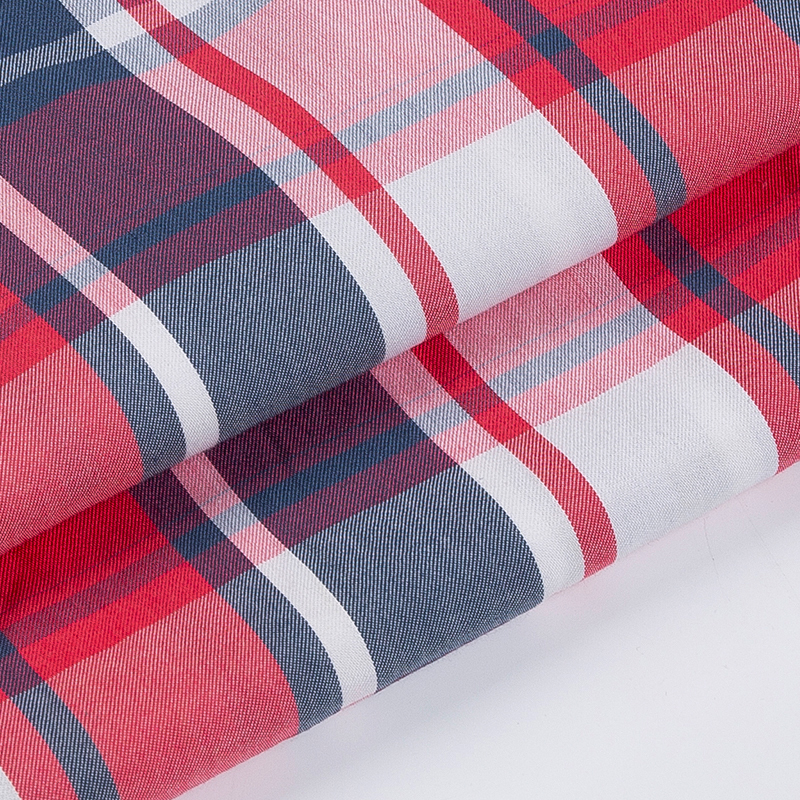Yarn-dyed fabrics are often celebrated for their striking aesthetic and durability, but can they stand up to the harsh demands of outdoor and industrial environments? The answer is a resounding yes – but with a few important caveats. Typically woven from pre-dyed yarns, these fabrics offer a rich, textured appearance and superior color fastness that printed or solid-dyed fabrics can’t match. However, when it comes to applying them in outdoor or industrial settings, considerations like UV resistance, moisture control, and flame retardancy become critical.
Starting with UV resistance, yarn-dyed fabrics can offer a solid defense against the sun’s damaging rays. This is largely because the fibers themselves are dyed before the weaving process, which helps lock in color and prevent fading under prolonged exposure. For industries where fabric longevity and color retention are crucial, such as outdoor furniture or awnings, this built-in UV protection is a huge benefit. However, not all yarns have the same level of UV resistance. For outdoor applications, it’s important to choose fibers like solution-dyed acrylic or UV-treated polyester, which are specifically engineered to withstand the sun's intensity over time. Standard yarn-dyed fabrics might not offer the same level of protection without these added treatments.

When it comes to moisture resistance, yarn-dyed fabrics can be highly effective – though it depends on the weave and the fibers used. Fabrics made from natural fibers like cotton may not perform as well in wet conditions, as they tend to absorb moisture, which can lead to mildew or fabric breakdown. On the other hand, synthetics like polyester or nylon are more water-resistant, and when woven into yarn-dyed fabrics, they can provide a good balance of aesthetics and function. For industrial use, particularly in environments where exposure to moisture is frequent (think: outdoor gear, tents, or industrial tarps), synthetic yarn-dyed fabrics are more suited to the task. If higher levels of water resistance are required, these fabrics can also be treated with waterproof coatings.
Flame retardancy is another area where yarn-dyed fabrics can shine, depending on the material and treatment options. While many yarn-dyed fabrics are not inherently flame-resistant, there are specific types of yarn and treatments that can make them suitable for industrial environments where fire safety is a priority. For example, fabrics made from inherently flame-retardant fibers or those treated with fire-resistant coatings can be used in applications like protective clothing, fire safety gear, or curtains for public spaces. It’s important to note that for most industrial uses, the fabric will need to meet specific fire safety standards, and these standards can vary by industry and location.
Yarn-dyed fabrics are not only a visually appealing choice but can also be engineered for demanding outdoor and industrial applications. By selecting the right fibers and incorporating additional treatments where necessary, they can offer UV protection, moisture resistance, and even flame retardancy, making them a versatile option for a wide range of uses. Whether you’re outfitting a camping tent, designing industrial upholstery, or creating outdoor apparel, yarn-dyed fabrics can meet the performance demands of both style and durability.



 English
English Español
Español Feb 07,2025
Feb 07,2025














 +86-519-86503571
+86-519-86503571
 Phone: +86-13218666905
Phone: +86-13218666905 Tel: +86-0519-86503571
Tel: +86-0519-86503571 Fax: +86-0519-86508551
Fax: +86-0519-86508551 E-mail:
E-mail: 